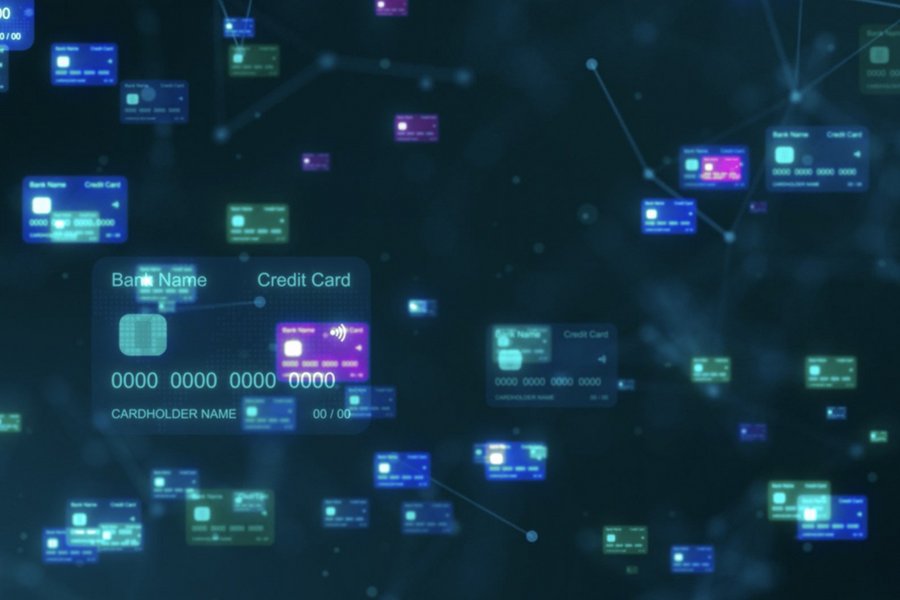With e-commerce becoming an ever-greater part of consumers’ everyday lives, the checkout process – and the associated digital payment method – is not viewed just as a transaction enabler, but also as an integral part of the shopping experience.
However, the wide variety of cards, devices, forms, validations, and authorizations means the user experience is not always as fast, easy, and reassuringly secure as it could be. The result: frustrated users, countless abandoned carts, lost sales, and reputational damage.
What’s clear from industry research is that if a merchant can provide a slick, intuitive, low-friction checkout process, conversion rates can be dramatically increased. Analysts at GlobalData argue that consumers increasingly demand convenience from their online payment tools: its 2021 Financial Services Consumer Survey recorded 43% of e-commerce users saying “simplicity and speed” was their most common reason for choosing and using a particular payment tool for online shopping – or not.1
So, naturally, businesses are constantly on the lookout for innovative ways to address this challenge and improve the customer checkout experience.




